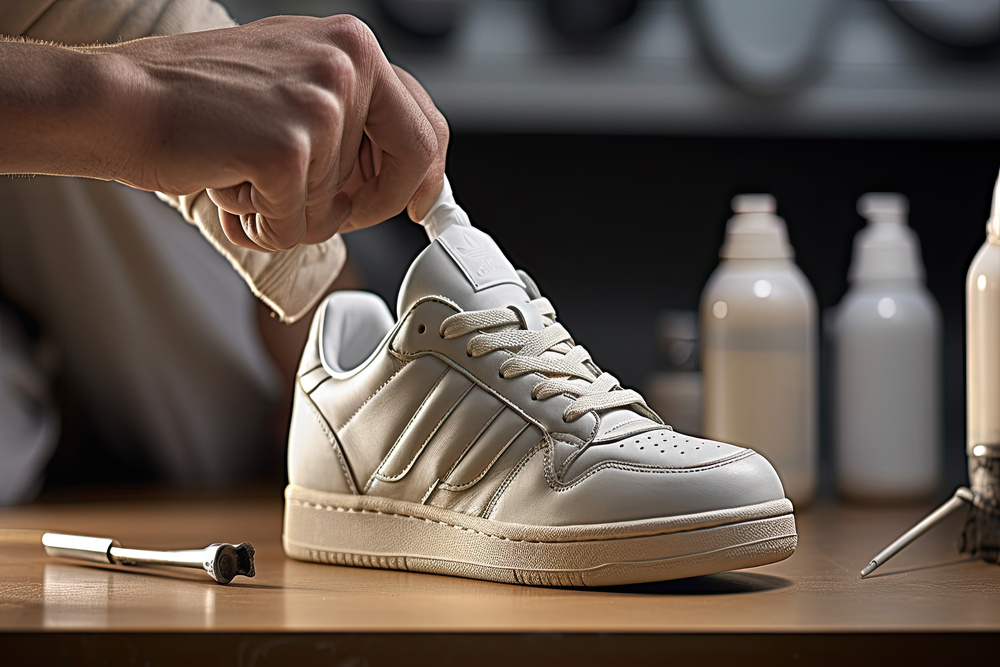
The Luxury of Detail: Inside the World of Handcrafted Footwear
Art emerges from leather through skilled hands. While machines mass-produce shoes, some artisans still make them by hand. Each pair takes weeks to complete. Each stitch tells a story.
The Ancient Art Lives On
The craft of making shoes is among the oldest practices of humankind. For millennia, people have used coverings to protect their feet. Contemporary craftspeople maintain traditions from the past. They employ methods that have not varied significantly since the medieval era. These artisans don’t operate in factories. They function from tiny studios where time flows in a unique way. A skilled cobbler could finish just fifty pairs throughout a whole year. Compare that with a factory that manufactures fifty pairs every few minutes. Every detail reveals the difference.
Tools of the Trade
Step into a conventional shoe workshop and you’ll find tools that appear old-fashioned. A lot of them are. The fundamental tools of shoemaking remain the same since they function flawlessly. A keen blade slices through leather smoothly. A puncturing tool creates exact openings. A hammer molds and constructs.
The cobbler’s hands are the most essential instrument. Skilled fingers can sense when leather is prepared for use. They understand precisely how much pressure to exert. Years of training develop muscle memory that no machine can imitate. These hands transform raw materials into artistic wear.
From Hide to Masterpiece
Selecting the finest leather starts the process of making handcrafted shoes. Artisans inspect each piece for the perfect grain. They refuse leather that large manufacturers would readily accept. Only the finest materials are worthy of a master craftsperson’s time and expertise.
The process starts with creating patterns. Every size needs a specific pattern, made from strong cardboard or thin wood. The shoemaker outlines these designs on leather. They meticulously place each segment to prevent imperfections. Since every piece of high-quality leather costs money, the shoemaker keeps waste to a minimum.
Next comes cutting. Keen blades cut through leather with surgical accuracy. Here, there are no automated machines or laser cutters. Simply calm hands and years of expertise. Every cut has to be flawless since there’s no return.
The Assembly Process
Assembly requires patience. The shoe’s upper is hand sewn with careful stitches. Strong fibers join the pieces. These stitches will endure longer than the shoe itself. The only connection occurs on a last, a foot-like structure that shapes the shoe. The artisan expands the leather upper over this mold, tugging and modifying until it aligns flawlessly. Next is the intricate task of affixing the sole. This process in itself can consume an entire day. Even modern interpretations like men’s artisanal sneakers from a brand like Taft follow these traditional methods. They blend classic techniques with contemporary designs. The result connects classical artistry with a modern aesthetic.
Why Handmade Matters
Factory-produced shoes fulfill their function, yet artisanal footwear provides a unique experience. Every pair varies slightly from the one before. Slight differences in stitching or design render each shoe unique. A factory line can’t provide that personal touch.
Handmade shoes are usually more durable. Shoes crafted with quality materials and expert care tend to become more appealing as they get older. The leather conforms to your foot. The sole distributes wear uniformly. With proper care, these shoes will endure for many years.
Conclusion
Young people are reexamining classic shoemaking techniques. They’re gaining insight from experts before this wisdom vanishes completely. These new craftsmen introduce innovative concepts while honoring traditional techniques. The art develops yet remains true to its essence. In our fast-paced world, handmade shoes remind us that certain things shouldn’t be hurried. Excellence requires time. Skill requires practice. Beauty requires patience. That’s the true luxury of detail.

